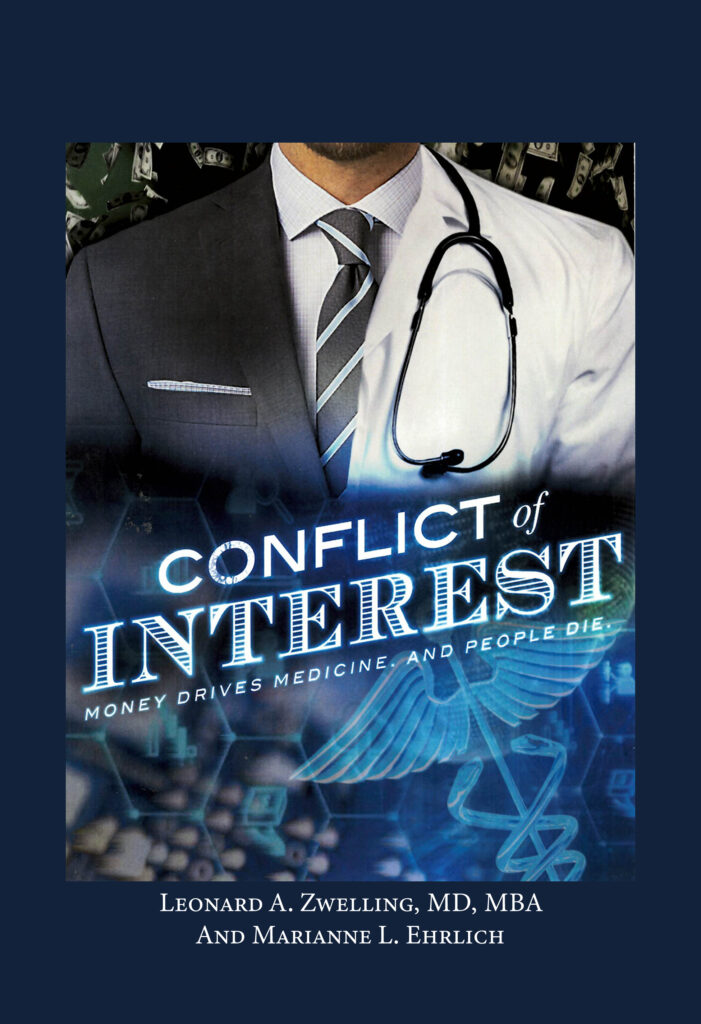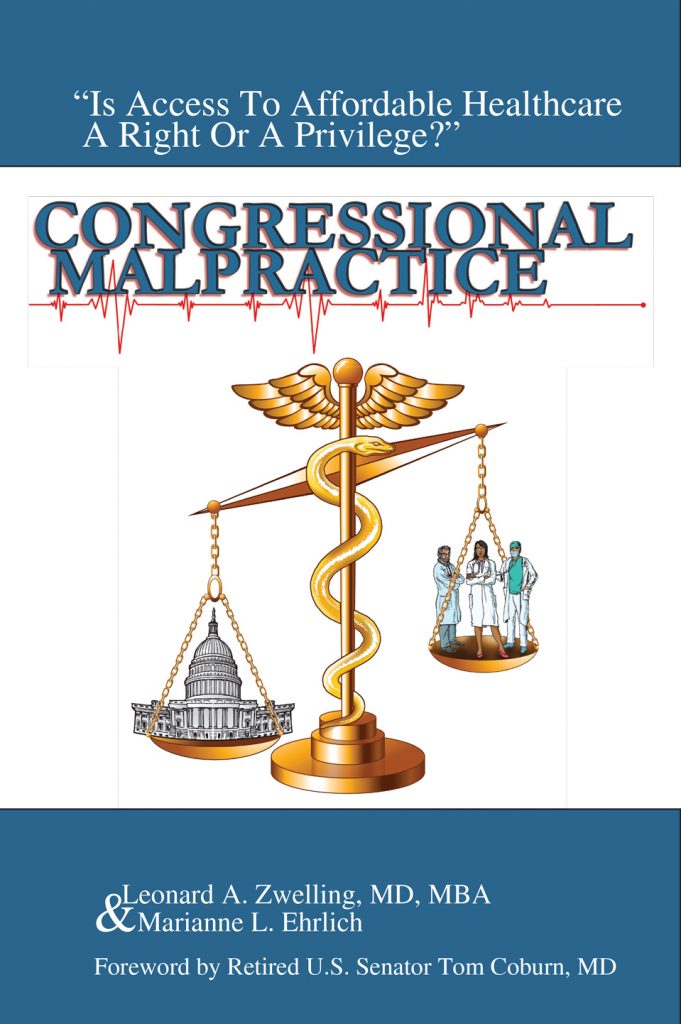Free Speech And Leadership
By
Leonard Zwelling
https://www.nytimes.com/2023/04/16/opinion/free-speech-campus-universities-promising-news.html
https://www.nytimes.com/2023/04/12/opinion/international-world/singapore-autocracy-democracy.html?searchResultPosition=1 https://www.nytimes.com/2023/04/12/opinion/international-world/singapore-autocracy-democracy.html?searchResultPosition=1
These two cleverly juxtaposed opinion pieces in The New York Times on April 17 speak volumes to the plight of academic medicine at this moment in time.
The first by David French is about the resurgence of free speech on campuses that have been plagued with leftist attempts to silence conservative guest speakers. The most famous of these occurred at Stanford Law School when a federal judge was shouted down by students and school administrators could not reassert order. The dean of the Stanford Law School has now stated that free speech must return to campus and has mandated a half-day course on free speech. Sanity returns.
At Cornell, “the student assembly unanimously approved a resolution calling for trigger warnings in syllabuses to warn students of ‘graphic traumatic content’.” In other words, if anything being taught in the next semester could possibly offend someone in the class, the teacher had to provide notice of this fact. “Cornell’s president Martha E. Pollack, promptly vetoed it.”
Such a decree about curricula “would violate our faculty’s fundamental right to determine what to teach…if any student might find (it) upsetting.” Sanity again returns.
These ideas about free speech were put forward at Harvard and Vanderbilt as well. Free speech is being fought for by the center and those who lead from that center.
And the leader in this fight for sanity is The University of Chicago and “its statement on free speech.” In summary, restoring “the principle that debate or deliberation may not be suppressed because the ideas put forth are thought by some or even most members of the university community to be offensive, unwise, immoral or wrongheaded.” In other words, universities must be places that embrace all ideas, even ones that might upset some students.
In the second essay, Farah Stockman explores the benefits of benevolent dictators. She uses the founding of Singapore in 1963 by Lee Kuan Yew and his single-handed autocracy toward economic success. Ms. Stockman ends with this:
“That’s the thing about benevolent autocracies. They tend to expire. These either cease to be autocracies…or they cease to be benevolent.”
I fear some academic medical centers have fallen into the dual trap of unarticulated censorship spreading fear in the faculty body and leadership becoming autocratic and not benevolent where once autocratic bureaucracy allowed some institutions to flourish.
When I was training and in the early years of my career, I was very used to working in an autocratic bureaucracy. Maybe none has ever existed to rival the National Cancer Institute in the early 1980s. Every branch chief was a war lord with a seemingly unlimited budget and unlimited power to determine what gets done in the laboratory or clinical service and who gets promoted to the permanent staff. I worked for a benevolent autocrat, but a truly mild-mannered one without whom I could never have flourished as a scientist. It was a system that worked for me—until it didn’t and I had to leave. That was the way of academic medicine forty years ago and may be some places still. However, the younger generation of faculty and trainees resist being told what to do and insist on work-life balance, a concept with which I have no familiarity. What I am uncertain of is whether the science and clinical care was better then or now.
Similarly, there was a pecking order of seniority that allowed those on top great leeway in expressing their displeasure at the performance of those below them in the pecking order. That was surely true at Duke where the Chiefs of Medicine and Surgery were the war lords of all they surveyed. It was like that when I came to Anderson in the 1980s. Over time, the ultimate authority at the medical center rose to the top and the ability to express displeasure with utterances of the senior people by the junior ones became more prevalent. Thus, was professionalism born as the nurse could get the doctor fired if the doctor uttered a cross word.
I am not suggesting that we would all be better off if chiefs of service reverted to war lord status and that all complaints should be silenced, BUT perhaps we have gone too far. Benevolent autocracy worked well at MD Anderson for the first two presidents, but shared governance is a better plan for now. This nonsense of professionalism has cast fear into the hearts of the faculty if they upset a nurse by demanding attention to clinical detail. Speech is surely no longer free at Anderson. I could not imagine how Dr. Freiriech would have survived in this new reality.
I’m all for free speech, but that doesn’t include that which is both spurious and slanderous and not based in reality.
Further, I expect the leadership of any academic medical center to embody excellence in science and clinical care and insist upon it by making those in charge worthy of their positions.
I’d say that like Stanford Law School, Cornell, and the University of Chicago, leaders need to step up and create a balance again between free speech and bruised feelings, and between leadership and benevolent autocracy. These are hard forces to balance, but that’s the job of leadership. It seems lacking somehow of late.
Dr. Zwelling’s new novel, Conflict of Interest: Money Drives Medicine and People Die is available at:
barnesandnoble.com,
on amazon if you search using the title and subtitle, and
directly from the publisher Dorrance at: https://bookstore.dorrancepublishing.com/conflict-of-interest-money-drives-medicine-and-people-die-pb/





4 thoughts on “Free Speech And Leadership”
These demands for “triggers of possible trauma” avoid the reality of life. These students need to spend a week in Ukraine and learn what trauma really brings when you fight for freedom. We need to set some standards: life is NOT pretty, it’s not fair, and it’s traumatic at times. Each of us has to confront reality and understand how we personally can navigate it. “Triggers” are a puny belly ache for living a real life. Let’s be real!
Exactly. Snowflakes. Toughen up!
My wife, a psychiatrist, says that if these students are so vulnerable to reality, they need therapy!
They need something for sure.